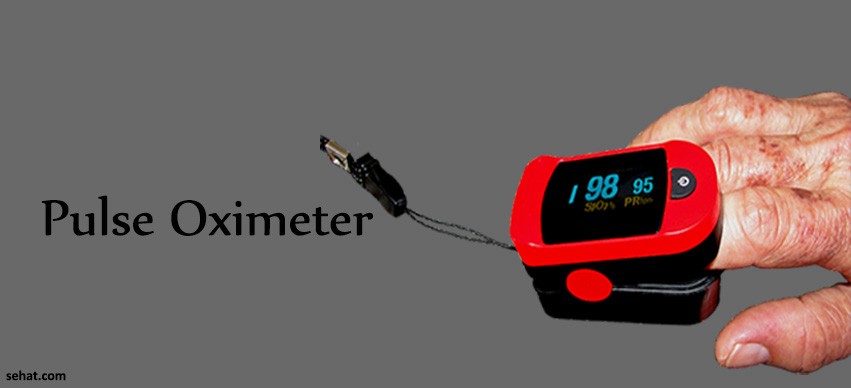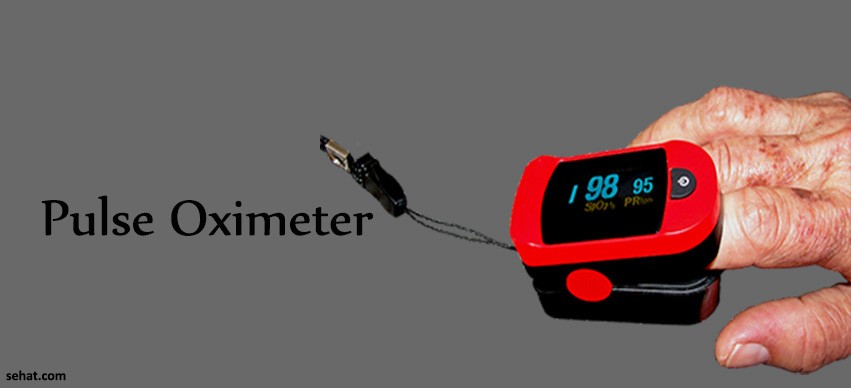Nanoparticle Therapy – An Emerging Cancer Treatment
5 Min Read


There are various diseases that affect human heart and lungs. This problem is all the more aggravated in geographies that have noticed high levels of pollution, impure water, poor sanitary conditions and food that is not nutritious. Most of these issues relate to the amount of oxygen one is able to take in and mix it with blood. This is important because blood circulates this to every part of the body for regular functioning. This article aims at familiarizing you with one such test that helps you take proper health decisions.
This is a medical procedure for measuring the concentration levels of oxygen in ones’ blood. To facilitate this, certain instrument called Oximeter is used. This photoelectric device is used with an attached probe that is attached to the finger or ear lobe to feel the pulse.
Pulse oximeters are quite commonly used. They are called so because they respond to pulsations (especially those in the finger or ear lobe). One can see this instrument is almost every multi-specialty hospital.
An Oximeter works by projecting a beam of infrared light through the capillary. The results are received and recorded to arrive at the level of oxygen saturation in the blood. The underlying principle behind this gadget is the fact that blood appears red – bright red when it is filled with oxygen. This is displayed as percentages on the screen of the gadgets. Newer instruments can also estimate the level of oxygen concentration in the blood freshly pumped from the heart or even samples of blood collected from the body.
There are more advantages than downsides to this instrument. The primary reason is that this is non-invasive way of recording and monitoring oxygen saturation. Due to this fact, Oximeters are of utmost importance in the emergency ward where decisions are to be taken in seconds. It is also portable and can be used in wide variety of location like battle fields, aircrafts and ambulances. One point of emphasis is that patients on ventilation benefit from this enormously. Since their life is sustained by the artificial breathing apparatus, the amount of absorption can result in life or death. Oximeter provides reliable reading to determine the pressure and duration of the ventilation need.
There are not many disadvantages as this is very well designed and least harmful device. However, the results are not always accurate. Hence, the reliability is often questioned. During the test phase, if the subject makes bodily movements – even slight ones – the readings reflect differences. Other determinants also disturb the accuracy of readings such as having anemia or highly infectious and calloused skin.
Despite the aforementioned minor disadvantages, these instruments are still in wide use. Scientists and doctors are teaming up to develop instruments to test and determine the level of carbon dioxide in the blood as well. This is perhaps very relevant for those who live in heavily polluted areas with a higher susceptibility of injuries or diseases pertaining to lungs, skin and other sensitive parts.